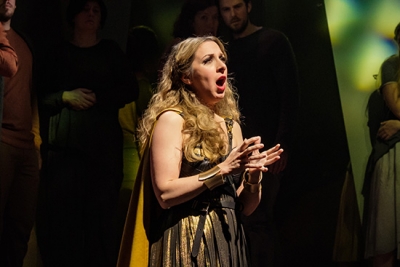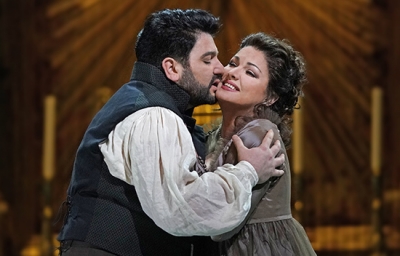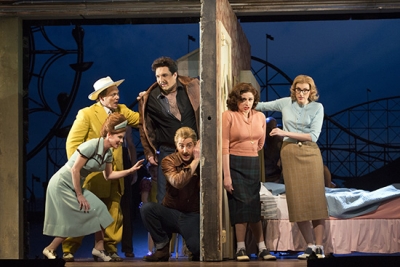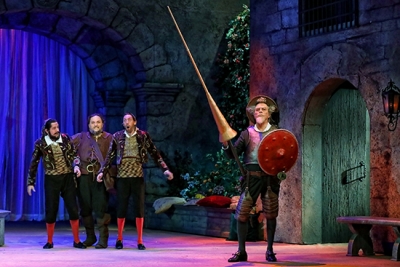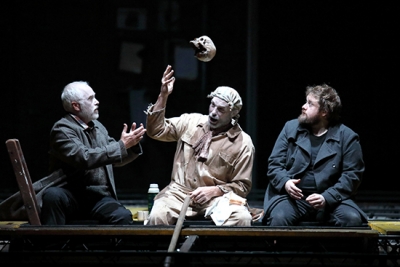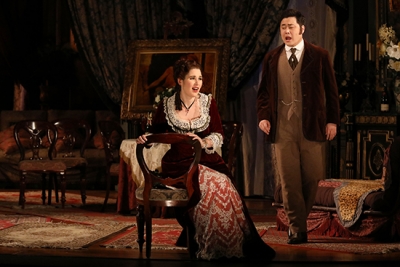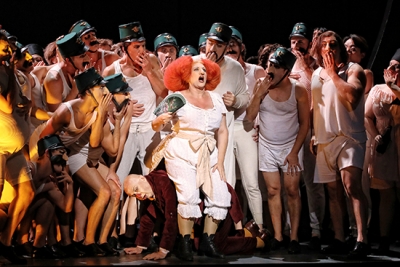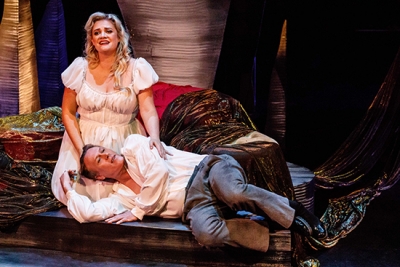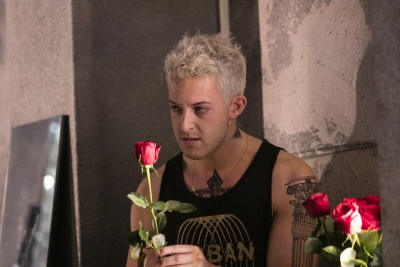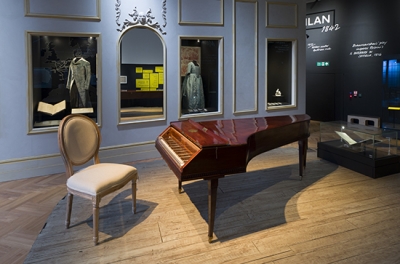Opera
Following the end of the 1733 London opera season, George Frideric Handel headed to Oxford with his first two oratorios, Esther and Deborah and the newly composed Athalia. While the first two were well enough received, Athalia was a triumph, with newspaper claims that 3,700 people attended the performances ...
... (read more)Cendrillon ★★★★, Lucia di Lammermoor ★★★★★, and Tosca ★★★1/2 (Metropolitan Opera)
ABR Arts’s long day’s journey into operatic night continued with three familiar productions, one of them new to the Metropolitan Opera. Jules Massenet’s fifteenth opera (April 24) is largely unknown to modern audiences, but its neglect is a mystery, for this version of Charles Perrault’s 1697 fairy tale (based on a libretto ...
... (read more)‘When you’re young, you believe everything,’ Jonas Kaufmann muses in Thomas Voigt’s biographical study, In Conversation with Jonas Kaufmann (Weidenfeld & Nicolson, 2017). The German tenor, a frequent Ferrando at the start of his career, went on: ‘And now imagine: two couples who live next door to each other go ...
... (read more)Desdemona’s plangent, soaring phrase at the end of the ‘Willow Song’ in Verdi’s penultimate opera, Otello, has been described as the last despairing cry of the bel canto. After many years of relentless tragedies, Verdi’s final opera, Falstaff, would be a bubbling and effervescent comedy – only his second in his illustrious career ...
... (read more)It is the fate of nearly all new operas to disappear quickly after an initial run of performances, so it was with much anticipation that Australian audiences had the opportunity to see Brett Dean’s Hamlet, triumphantly premièred at Glyndebourne in June 2017 ...
... (read more)It is a particular pleasure for an opera lover, even a hard-bitten critic, to watch a career develop and blossom. Nicole Car, making her role début as Violetta for Opera Australia, is one such singer. Audiences have enjoyed her in a series of important roles ...
... (read more)Dmitri Shostakovich’s rarely performed first opera, The Nose (1930), premièred in the Sydney Opera House on 21 February. To add to the ‘firsts’: this was Barrie Kosky’s début at Covent Garden in 2016, it is Kosky’s first work for Opera Australia in almost twenty years, and this is the first professional production ...
... (read more)Tristan und Isolde, the opera in which Richard Wagner really took art in a new direction, is often described as the most important musical work of the nineteenth century. No lesser authority than Kobbé calls it the most influential opera in all musical history, while the great Wagner conductor Christian Thielemann says it is ...
... (read more)The political and sexual machinations on the stage at Angel Place in Sydney, ostensibly depicting an event during the inglorious reign of Emperor Nero in 54–68 CE, might be interpreted in a very contemporary light in terms of politics and society. An opera that represents ruthless political ambition allied to lust, cruelty, corruption ...
... (read more)Opera: Passion, Power and Politics (Victoria and Albert Museum)
Opera is not a small artform. It is labyrinthine, multi-faceted, fraught with things that can go disastrously wrong (Wagner, especially), and it can be dreadfully expensive, formidably divisive, and astonishingly complicated. At the same time, opera is so necessarily crucial to culture as a reflection of history, thought, and ...
... (read more)

